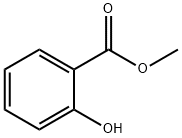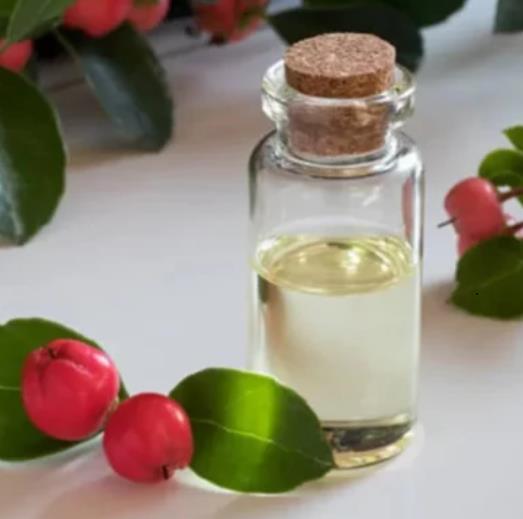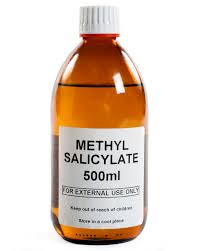Preparation and application of methyl salicylate
Description
Methyl salicylate, also known as methyl 2-hydroxybenzoate, is a transparent, colorless yellowish liquid. It is an organic compound with the formula C8H8O3. Methyl salicylate is stable and incompatible with strong oxidants. It is slightly soluble in water and miscible with ethanol (96%), fats, and essential oils. In addition, it has a potent aroma, so it is often used in food and cosmetics.
Preparation
Natural methyl salicylate is found in essential oils such as wintergreen oil, birch oil, green tea seed oil, clove oil, Quercus oil, tuberose oil, tea oil, and other essential oils. It is also found in cherries, apples, and strawberries. Methyl salicylate can be extracted by distillation: the branches and leaves of the azalea plant white tree are collected, and the wintergreen oil can be obtained by steam distillation[1]. Holly branches and leaves are chopped and impregnated, distilled to obtain water vapor. After that, oil and water are separated to obtain wintergreen oil. Finally, vacuum fractionation collects the methyl salicylate. Chemical synthesis to prepare methyl salicylate: Salicylic acid, excess methanol, and catalyst sulfuric acid are added in the stirred state and then heated for reaction. After the end of the reaction, rinse the reaction solution with water to neutral. Methanol and residual water are removed by atmospheric distillation reaction. Finally, vacuum distillation collects methyl salicylate.
Application
Methyl salicylate is the main flavor component in wintergreen oil and is commonly used as a food additive. This substance can be added to washing products, air care products, biocides, cosmetics, personal care products, polishes, as well as perfumes[2]. Salicylic acid and methyl salicylate (MeSA) are synthesized in many plants. Methyl salicylate has been identified as one of the most important volatile organic compounds released by plants during a biotic stress event such as a fungal pathogen infection. Therefore, measuring the concentration of methyl salicylate can help detect crop diseases early. A variety of biosensors have been developed to detect methyl salicylate released from unhealthy crops. It is of great significance for the study of improving the detection limit and anti-interference ability of the sensor[3-4].
References
[1] Ashrafi A, et al. New trends in methyl salicylate sensing and their implications in agriculture. Biosensors and Bioelectronics, 2022; 223: 115008.
[2] Masimbula R, et al. Metabolism of airborne methyl salicylate in adjacent plants. Bioscience, Biotechnology, and Biochemistry, 2022; 84: 1780-1787.
[3] Cheng C, et al. Understanding Methyl Salicylate Hydrolysis in the Presence of Amino Acids. Journal of Agricultural and Food Chemistry, 2021; 69: 6013–6021.
[4] Fang Y, et al. A novel bi-enzyme electrochemical biosensor for selective and sensitive determination of methyl salicylate. Biosensors and Bioelectronics, 2016.
You may like
Related articles And Qustion
Lastest Price from Methyl salicylate manufacturers

US $1.00-4.00/KG2025-09-12
- CAS:
- 119-36-8
- Min. Order:
- 1KG
- Purity:
- 99%
- Supply Ability:
- 200000KG

US $2.00/kg2025-06-10
- CAS:
- 119-36-8
- Min. Order:
- 10kg
- Purity:
- 99%
- Supply Ability:
- 10000kg


![60511-85-5 11,12-Dihydroindolo[2,3-a]carbazoleindolo[2,3-a]carbazoleIndocarbazoleapplication](/NewsImg/2023-04-03/6381615880124358728794397.jpg)


![60511-85-5 11,12-Dihydroindolo[2,3-a]carbazoleindolo[2,3-a]carbazoleIndocarbazoleapplication](/NewsImg/2023-09-11/6383004311714241575532394.jpg)